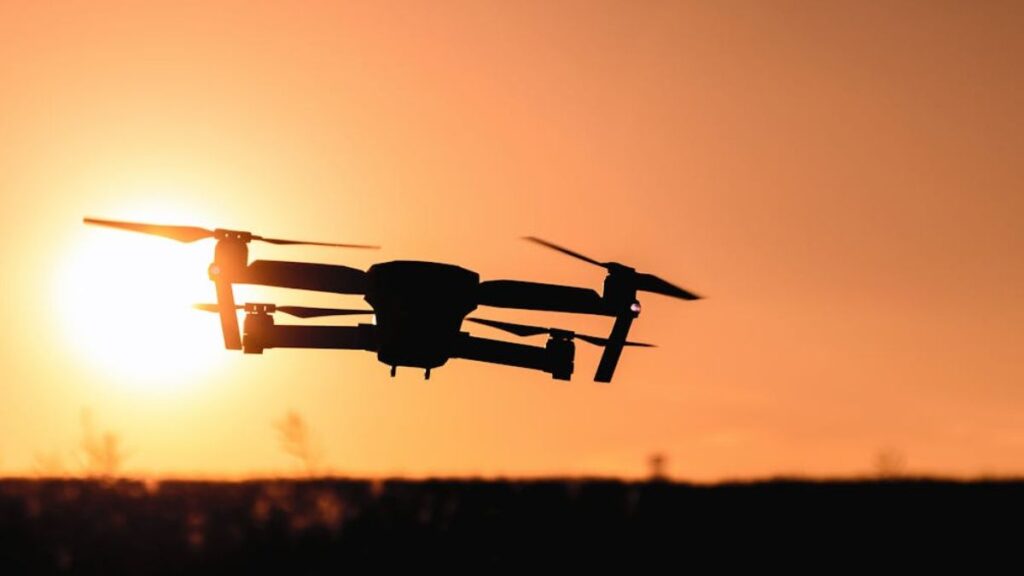Do you find the rapid advancements in automated machines exciting but struggle to differentiate between sci-fi dreams and real-world robotics? Many people are curious about the impact of these intelligent systems, but they feel overwhelmed by the technical jargon and the sheer pace of innovation. You want a clear, engaging, and friendly guide to understand exactly how robotics is evolving and where these machines are making a difference today. Robotics is reshaping manufacturing, healthcare, and logistics, creating new opportunities and solving complex problems. Therefore, by reading this comprehensive guide, you will learn about the major types of modern robotics, their key innovations, real-world applications, and discover the essential apps to help you engage with the world of intelligent machines.
Robotics: Innovations and Real-World Applications
Robotics is the interdisciplinary branch of engineering and science. It involves the design, construction, operation, and use of robots. Far from being confined to massive factory cages, modern robots are becoming smaller, smarter, and more integrated into our daily lives. This evolution is driven primarily by advancements in Artificial Intelligence (AI), sensor technology, and ever-improving mechanical design. Consequently, understanding these innovations is crucial for anyone looking to prepare for the future of work and industry.
The New Era of Industrial Automation: Collaborative Power
Traditional industrial robots were large and programmed to repeat specific movements. Moreover, they often required safety cages. The new generation, however, is designed for flexibility and collaboration, marking a significant shift in the deployment of automated systems.
Introducing Collaborative Robots (Cobots)
Collaborative Robots, or Cobots, are machines designed to safely interact with humans in a shared workspace. Their smaller size, built-in safety features, and user-friendly programming make these intelligent systems accessible to small and medium-sized enterprises (SMEs).
- Increased Flexibility: Cobots are easily reprogrammed for different tasks. Thus, businesses can quickly adapt to changing production needs.
- Augmented Human Workers: These automation tools often take on the repetitive, monotonous, or physically strenuous aspects of a job. This reduces strain and increases overall quality.
- Vision Systems: Integrated cameras and sensors allow the Cobot to perceive its environment. In addition, they adjust its movements in real-time to ensure safety and precision.
The rise of Cobots shows that the discipline of robotics is moving toward coexistence, not replacement, in manufacturing environments.
Service Automation: Moving Beyond the Factory Floor
Service robotics encompasses machines that assist humans outside of industrial environments. This rapidly expanding sector includes robots used in healthcare, logistics, cleaning, and personal assistance. Therefore, these automated machines must navigate complex, dynamic, and unstructured settings.
Real-World Impact in Healthcare and Logistics
Service robots are solving some of the world’s most complex logistical and human-centered challenges. The mechanical engineering involved requires high levels of autonomy and sophisticated navigation.
- Surgical Systems: Devices like the Da Vinci System allow surgeons to perform minimally invasive procedures. Furthermore, they offer enhanced precision, dexterity, and control.
- Hospital Assistants: Automated machines deliver medication and meals. Thus, they reduce staff workload and minimize the risk of cross-contamination.
- Last-Mile Delivery: Autonomous ground vehicles and drones transport goods to consumers. This is solving urban delivery challenges and reducing operational costs.
These applications clearly highlight how this advanced technology is directly improving quality of life and operational efficiency.
App Recommendation: To visualize the impact of service automation, try exploring apps that track deliveries or services like Amazon Logistics (when available). Alternatively, look for augmented reality apps that place virtual robots in your home, for instance, IKEA Place (to visualize furniture placement, applying spatial awareness concepts used in modern robotics).
The Intelligence Behind the Machine: AI and Machine Learning
The true game-changer in modern automated systems is the integration of Artificial Intelligence. AI provides the “brain”. This allows a robot to perceive, reason, and learn from its environment and experiences.
Enabling Autonomy and Learning
Machine Learning (ML), a subset of AI, is essential for creating truly autonomous robots. They can handle unforeseen circumstances and improve their performance over time.
- Computer Vision: Advanced sensors and AI allow these intelligent systems to identify objects. Moreover, they navigate obstacles and interpret complex visual data instantly.
- Reinforcement Learning: Robots learn by trial and error. Consequently, they perfect complex motor skills (like grasping fragile objects) without explicit, step-by-step programming.
- Swarm Technology: Multiple simple, coordinated machines work together to achieve a complex goal. This is often used in exploration or large-scale construction.
This continuous learning means that modern robot technology is getting smarter every day. In essence, it is increasing their operational flexibility.
The Role of Drones as Aerial Automation
Drones, which we can consider aerial robotics, have revolutionized data collection and logistics. Their ability to operate in three dimensions provides unique advantages. For example, they are perfect for surveying, inspection, and emergency response.
Applications of UAV Technology
UAVs offer a cost-effective and safe alternative to traditional aerial methods (like helicopters) for many tasks. Therefore, their rapid adoption is inevitable.
- Search and Rescue: Thermal imaging and autonomous flight paths allow the devices to quickly locate missing persons in vast or dangerous terrain.
- Construction Monitoring: The machines capture high-resolution images and create 3D maps of construction sites. As a result, they track progress and identify potential issues.
- Precision Agriculture: Automated drones assess plant health and deliver targeted treatment. This action optimizes resource use and reduces environmental impact.
The versatility of these flying robots underscores the power of modern robotics in the skies.
Challenges and the Future of the Field
Despite the rapid advancements, the robotics industry faces ongoing challenges. These are related to cost, energy consumption, and ethical implementation. Indeed, addressing these issues will dictate the pace of future adoption.
Designing the Next Generation of Automated Systems
Researchers are actively working on innovations. These will make robots more human-friendly and operationally efficient.
- Soft Systems: Using flexible, compliant materials instead of rigid metals. This makes automated machines safer for human interaction and better suited for delicate tasks.
- Energy Harvesting: Developing methods for robots to recharge or power themselves. They use environmental energy sources, increasing autonomy.
- Ethical AI: Creating robotics systems with transparent decision-making processes. Moreover, they need built-in constraints to ensure responsible behavior.
The future of the field promises even deeper integration into our social and professional lives. Thus, making adaptability a key skill is essential.
Embracing the Automated Revolution
The era of advanced robotics is here. Whether it’s the collaborative arms on a factory floor or the autonomous drones mapping a distant field, these intelligent machines are reshaping our economic and physical landscapes. Ultimately, by understanding the core innovations in AI and design, you empower yourself to leverage this transformative technology. This field is not a threat, but a powerful tool that augments human capability and drives progress.
*Ready to connect with the world of intelligent automation? Download our free “Introduction to Robotics” E-book and start exploring resources to learn basic coding and design concepts for the automated age! Click here and build your future knowledge!



